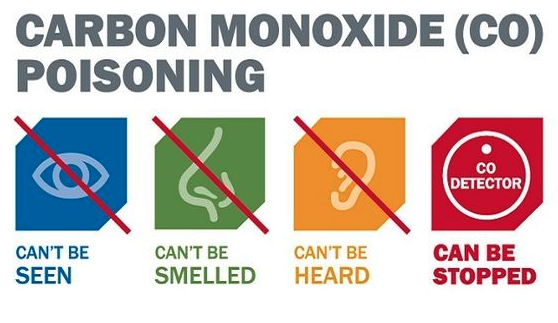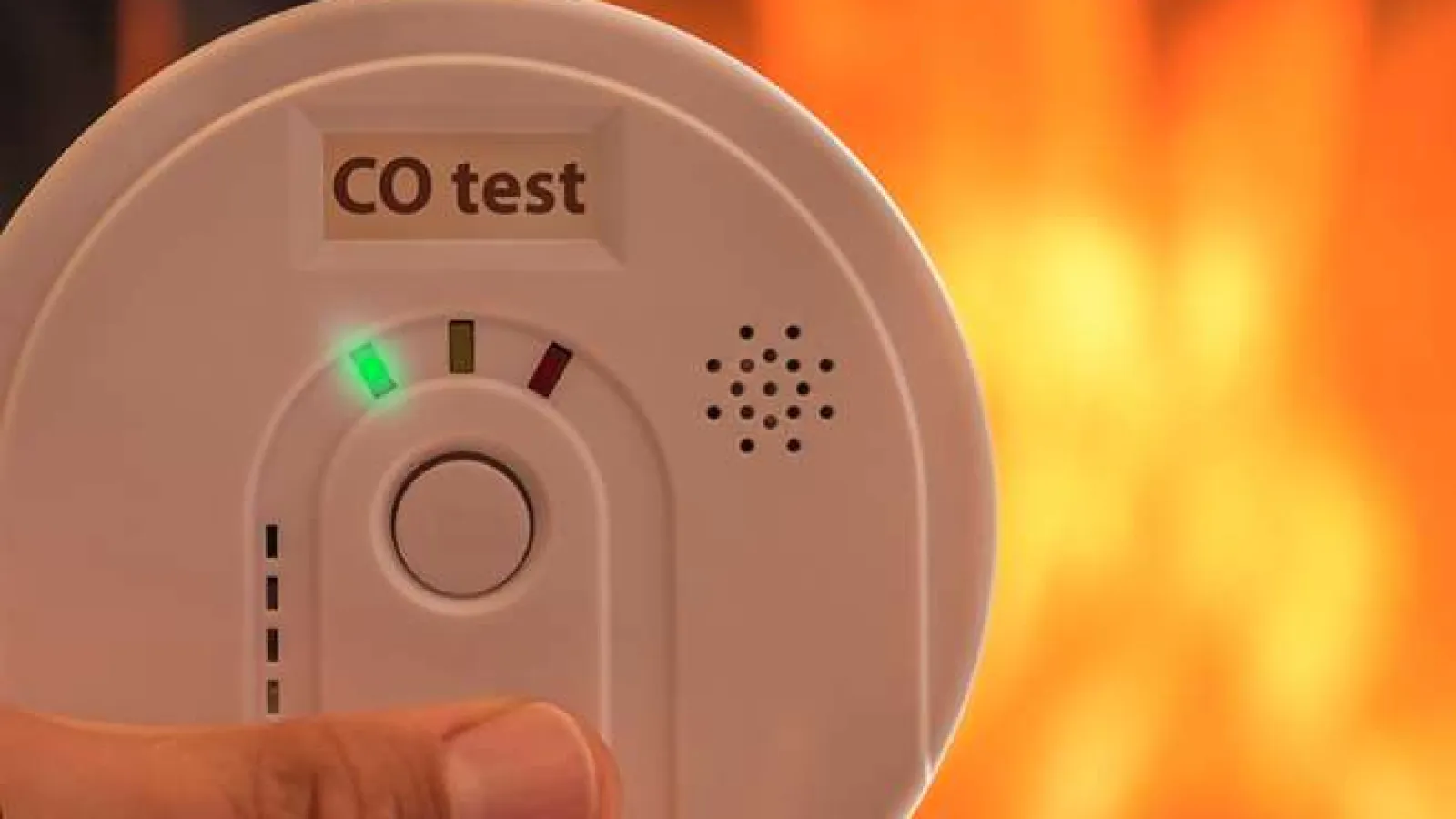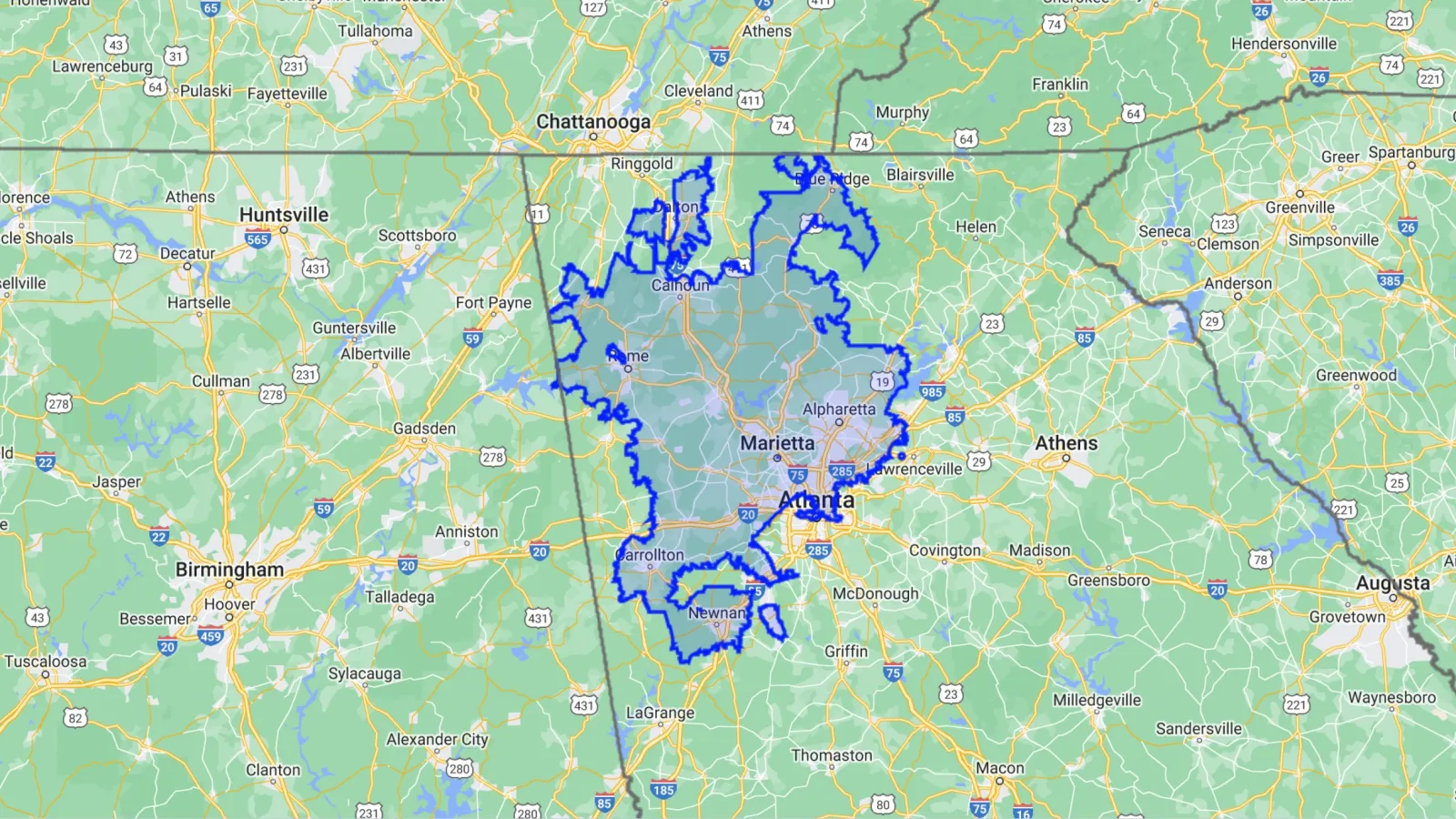When temperatures drop and furnaces fire up across Metro Atlanta, comfort takes priority. But behind the warmth, an invisible danger can quietly lurk — carbon monoxide (CO). Known as the "silent killer," CO is colorless, odorless, and tasteless, making it impossible to detect without the right equipment. Understanding how carbon monoxide forms, how to test for it, and how to prevent exposure in your home can quite literally save lives.
What Causes Carbon Monoxide in HVAC Systems?
Gas-powered heating systems — including furnaces, boilers, and water heaters — rely on combustion to generate heat. When combustion is complete, it safely produces carbon dioxide and water vapor. But when something goes wrong — like a cracked heat exchanger, blocked vent pipe, or dirty burner — incomplete combustion occurs, releasing dangerous carbon monoxide instead.
Common causes of CO leaks in HVAC systems include:
-
Cracked or rusted heat exchangers
-
Blocked flue pipes or chimneys
-
Improperly vented furnaces or water heaters
-
Dirty or misaligned burners
-
Poor HVAC maintenance or installation errors
Even small amounts of carbon monoxide over time can cause headaches, dizziness, nausea, and confusion. High concentrations can be deadly within minutes — especially while sleeping.
Why Carbon Monoxide Is So Dangerous

Carbon monoxide binds to hemoglobin in your blood more effectively than oxygen. That means once you inhale CO, your body can't deliver oxygen to vital organs. Early symptoms often mimic the flu — fatigue, nausea, or shortness of breath — making it easy to overlook until it's too late.
Households most at risk include:
-
Homes with older gas furnaces
-
Tight, well-sealed homes with poor ventilation
-
Families using gas fireplaces or space heaters
-
Homes with attached garages where vehicles idle near HVAC intakes
That's why professional testing and regular furnace inspections are critical for protecting your family.
How to Test for Carbon Monoxide in Your Home
-
Install Carbon Monoxide Detectors
Every home with a gas furnace, water heater, or fireplace needs UL-listed CO detectors. Place one on each floor — especially outside bedrooms and near HVAC equipment. Detectors should be mounted five feet from the ground, away from vents and humid areas like bathrooms. -
Check Your Detector Regularly
Test alarms monthly, replace batteries every six months, and replace the entire unit every 5-7 years, depending on manufacturer recommendations. -
Schedule a Professional HVAC Inspection
Licensed HVAC professionals — like Guardian Home Experts — use CO meters to check for leaks, improper venting, and cracks in the heat exchanger. This goes far beyond what a standard CO detector can do. -
Test During Operation
A trained technician will safely measure CO levels while your system runs under load, ensuring safety conditions — not just idle tests.
How to Prevent Carbon Monoxide Leaks
-
Schedule Annual HVAC Maintenance
Your furnace should be cleaned and inspected every fall before heavy use. Guardian's experts check gas pressure, burner alignment, heat exchanger integrity, and flue ventilation to ensure safe operation. -
Keep Vents and Intakes Clear
Check exterior vent pipes regularly — especially after storms or during heavy pollen season in Georgia — to make sure they're free from debris, nests, or ice buildup. -
Use the Right Equipment
Avoid makeshift heating devices or running generators inside garages or basements. Always use professional-installed HVAC systems and vented appliances. -
Never Ignore Warning Signs
If your furnace flame turns yellow instead of blue, or you notice soot around your unit, call for service immediately. These are red flags of incomplete combustion.
What to Do If Your Carbon Monoxide Alarm Goes Off
-
Leave the Home Immediately. Move everyone — including pets — outside to fresh air.
-
Call 911 First responders can measure CO levels and determine if it's safe to re-enter.
-
Contact an HVAC Professional. Once your home is cleared, schedule an inspection to identify and fix the cause before restarting your furnace.
Guardian Home Experts: Protecting North Metro Atlanta Families
At Guardian Home Experts, your family's safety comes first. Our certified HVAC technicians perform comprehensive carbon monoxide testing and annual furnace tune-ups that catch potential issues early. We're a local, family-owned company proudly serving Woodstock, Kennesaw, Marietta, Acworth, and the North Metro Atlanta area — ensuring your home stays warm, efficient, and safe all winter long.


